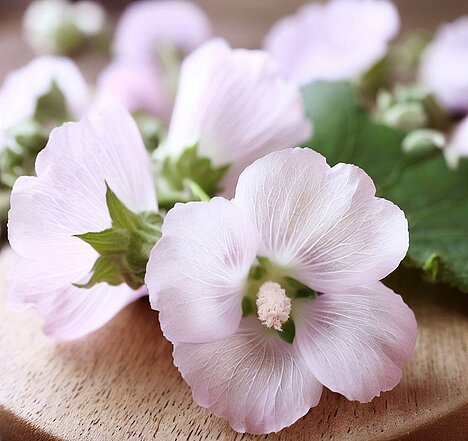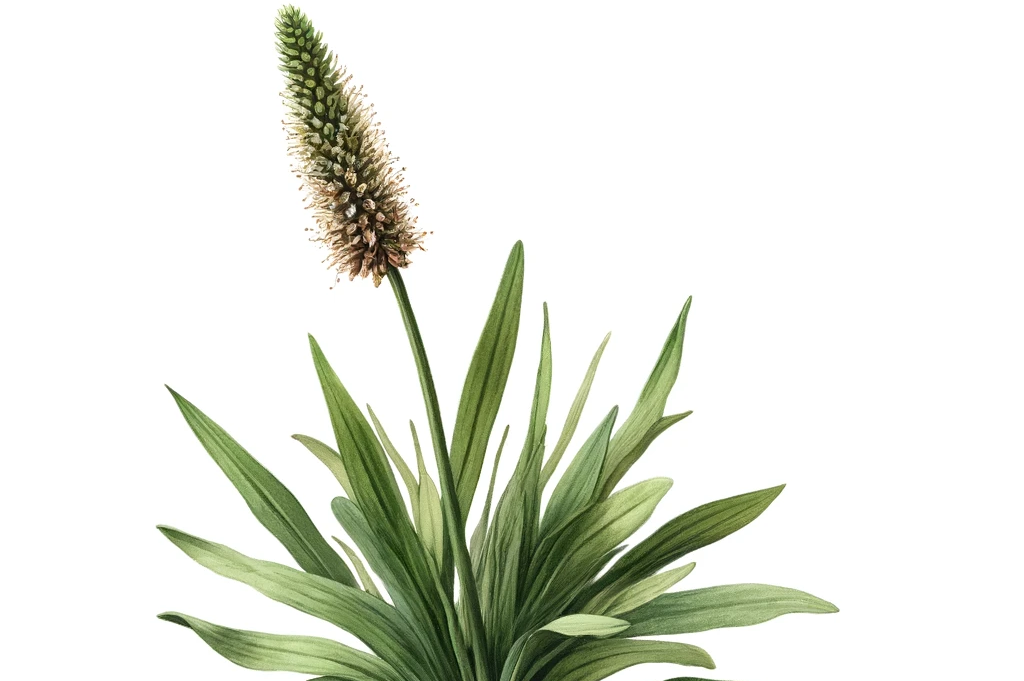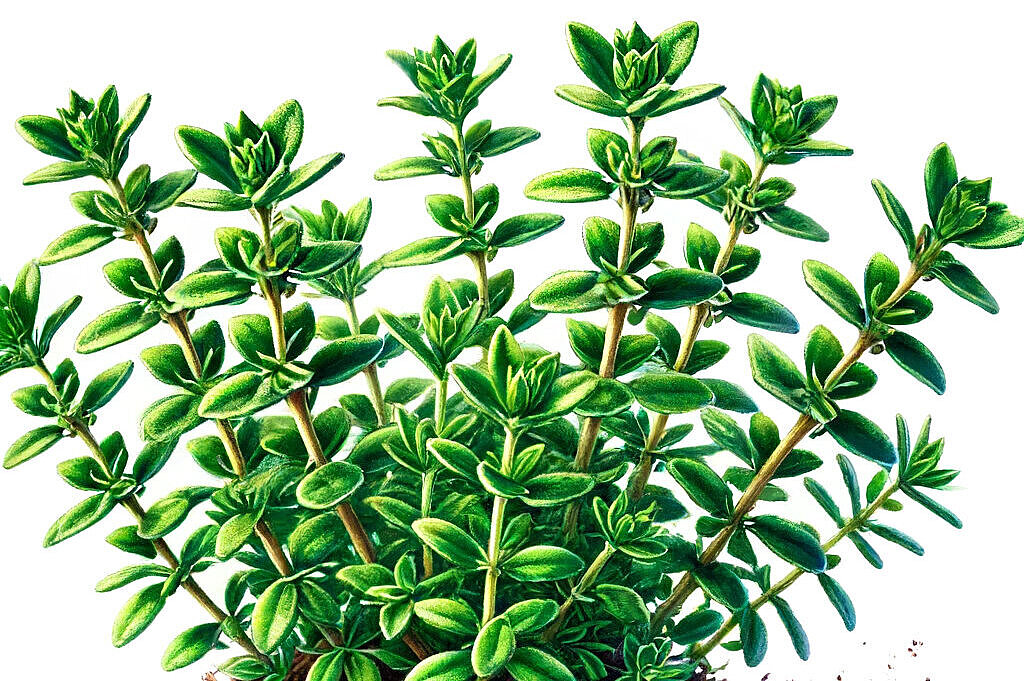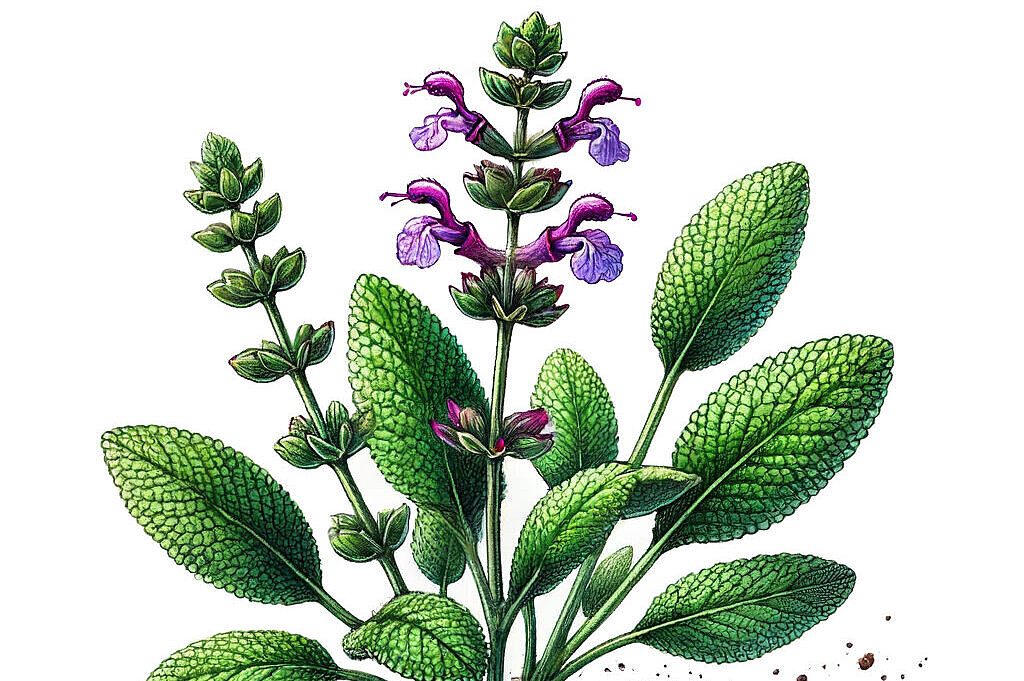True marshmallow

Marshmallow (Althea officinalis) is a plant from the mallow family that is primarily known for its soothing effect. The leaves and roots of marshmallow contain mucilage, which can have a positive effect on dogs' mucous membranes. In this article, you can find out more about the ingredients, use and effects of marshmallow for dogs.
What is marshmallow?
Marshmallow is a perennial that can grow up to 1.5 meters high. It has hairy stems and leaves and pinkish-white flowers. The plant is native to Asia and Europe and has been used as a medicinal plant since ancient times. The name "marshmallow" is derived from the Greek word "althainein", which means "to heal".
What ingredients does marshmallow contain?
The most important ingredient in marshmallow is the mucilage, which makes up to 35 percent of the root and up to 10 percent of the leaves. The mucilage consists mainly of polysaccharides (polysaccharides), which can bind water and thus form a protective film on the mucous membranes. Marshmallow also contains other valuable ingredients such as flavonoids (plant pigments), tannins (tannic acids), pectins (dietary fiber) and essential oils.
How does marshmallow work in dogs?
Marshmallow can help with various ailments in dogs, especially irritated or inflamed mucous membranes. The mucilage acts like a balm on the mucous membranes of the mouth, throat, stomach and intestines, relieving irritation, scratching and dryness. They can also relieve coughing. The mucilage can also ward off bacteria or viruses and thus prevent or fight infections.
Marshmallow can therefore be used for the following problems in dogs:
- Irritable cough
- bronchitis
- hoarseness
- sore throat
- inflammation of the stomach lining
- Stomach ulcer
- diarrhea
- constipation
How can you use marshmallow for dogs?
There are various ways of administering the medicinal plant to dogs. A distinction is most frequently made between the use of leaves and roots.
The leaves of marshmallow can be fed fresh or dried. For example, they can be mixed into the food or prepared as a tea. To make a tea, pour a cup of hot water over about a teaspoon of dried leaves and leave to infuse for about ten minutes. Then allow the tea to cool and give it to the dog to drink or drip it into its mouth with a syringe.
Marshmallow root can also be bought as a powder or finely chopped and added to the dog's food. The dosage depends on the dog's weight and should be adjusted individually. A general recommendation is about half a teaspoon to one teaspoon per 10 kg body weight per day.
What are the advantages and disadvantages of marshmallow for dogs?
Marshmallow is a natural and gentle remedy that can help with many ailments in dogs.
Marshmallow has the following benefits
- It soothes irritation and inflammation of the mucous membranes.
- It supports the defense against bacteria and viruses.
- It promotes digestion and metabolism.
- It is well tolerated and has hardly any side effects.
The disadvantages of marshmallow are
- It can influence the effect of other medicines by delaying or reducing their absorption.
- Excessive consumption can lead to flatulence or diarrhea.
- It can trigger allergic reactions if the dog is sensitive to the plant.
Marshmallow is a valuable medicinal herb for dogs, especially for mucous membrane problems. It has a soothing, expectorant and anti-inflammatory effect. It can be fed in the form of leaves, roots, powder or finely chopped. However, you should always ensure the correct dosage and take into account possible interactions with other medications.
If you notice any signs of hypersensitivity or poisoning in your dog, you should see your vet immediately. We are not a substitute for a vet, but we try to be as accurate as possible. Every dog reacts differently and we recommend you get a second opinion or consult your vet if in doubt.
Stay healthy and take good care of your four-legged friend!😊
Similar to True marshmallow
Ribwort plantain (Plantago lanceolata) belongs to the plantain family and is native to Europe, Asia and North Africa. It grows mainly on nutrient-rich soils and is very adaptable. Ribwort plantain...
Chamomile is a plant from the composite family that is mainly found in Europe, Asia and Africa. It has white flowers with a yellow center that exude a pleasant fragrance. The flowers are dried and...
Thyme belongs to the labiate family and grows mainly in the Mediterranean region. It has small green leaves and pink or white flowers that attract many bees. Thyme contains essential oils such as...
Sage (Salvia officinalis) is a plant from the labiate family. It is native to Europe and the Mediterranean region and has been used in cooking and as a medicinal plant since ancient times. Sage is a...



